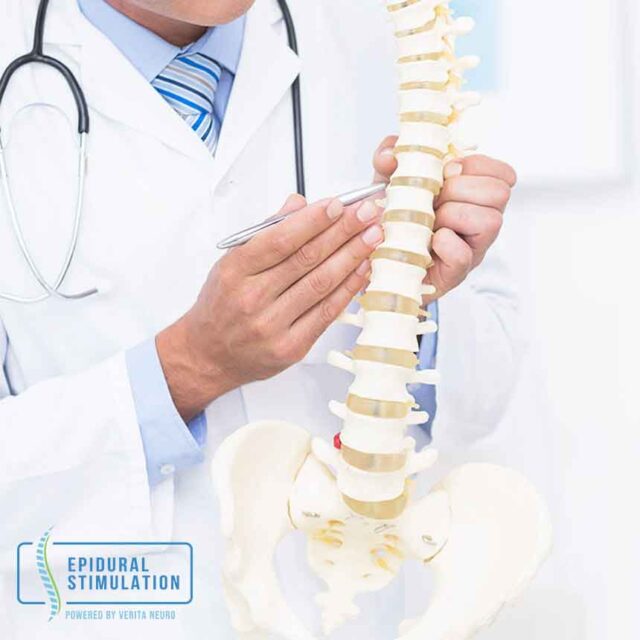


Patient O
Patient sustained a complete T7 spinal cord injury in 2016, resulting from a car accident. Patient has no motor function and limited sensory function below the injury level. Patient suffers from neurogenic bladder and bowel, and from significant spasms and spasticity. She does not suffer from neuropathic pain, and is independent in her daily activities.

Patient N
Patient sustained a complete T7 spinal cord injury in 2016, resulting from a car accident. Patient has no motor function and limited sensory function below the injury level. Patient suffers from neurogenic bladder and bowel, and from significant spasms and spasticity. She does not suffer from neuropathic pain, and is independent in her daily activities.

Patient M
Patient sustained spinal cord injury at C5 level on January 1, 2016, characterized by incomplete quadriplegia and complete paraplegia. Patient has limited hand and arm function, but no voluntary motor function in lower limbs. Patient suffers from neurogenic bladder and bowel, but does not suffer from spasms, spasticity, or neuropathic pain.

Patient L
Patient sustained spinal cord injury at C5 level on January 1, 2016, characterized by incomplete quadriplegia and complete paraplegia. Patient has limited hand and arm function, but no voluntary motor function in lower limbs. Patient suffers from neurogenic bladder and bowel, but does not suffer from spasms, spasticity, or neuropathic pain.


